High Ceilings = Higher Energy Bills?
xavieralumni
16 years ago
Featured Answer
Sort by:Oldest
Comments (18)
reliabilityman
16 years agoRelated Professionals
Cloverly Architects & Building Designers · North Bellport Home Builders · Clayton Home Builders · Clearfield Home Builders · Hunt Valley Home Builders · Ashtabula General Contractors · Bell General Contractors · Berkeley General Contractors · Enumclaw General Contractors · Everett General Contractors · Greensburg General Contractors · New Bern General Contractors · Palestine General Contractors · Statesboro General Contractors · Summit General ContractorsDYH
16 years agoallison0704
16 years agosue36
16 years agobrutuses
16 years agocharliedawg
16 years agoxavieralumni
16 years agoDYH
16 years agotragusa3
16 years agochisue
16 years agobrutuses
16 years agokellyeng
16 years agocarolyn53562
16 years agotragusa3
16 years agosue36
16 years agoflgargoyle
16 years agochisue
16 years ago
Related Stories

GREEN BUILDINGHouzz Tour: See a Maine House With a $240 Annual Energy Bill
Airtight and powered by the sun, this energy-efficient home in a cold-winter climate is an architectural feat
Full Story
GREEN BUILDINGHouzz Tour: See a Concrete House With a $0 Energy Bill
Passive House principles and universal design elements result in a home that’ll work efficiently for the long haul
Full Story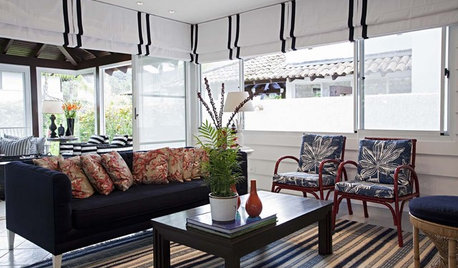
WINDOW TREATMENTS7 Window Treatments That Can Lower Your Energy Bills
Beautify your windows, keep your home cool and reduce energy use all at once with the right covering
Full Story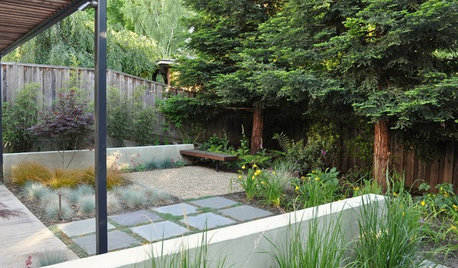
GARDENING AND LANDSCAPINGSmart Landscaping Slices Energy Bills
Reduce heating, cooling and water costs beautifully with these ecofriendly strategies for landscape design
Full Story
LIGHTINGThe Lowdown on High-Efficiency LED Lighting
Learn about LED tapes, ropes, pucks and more to create a flexible and energy-efficient lighting design that looks great
Full Story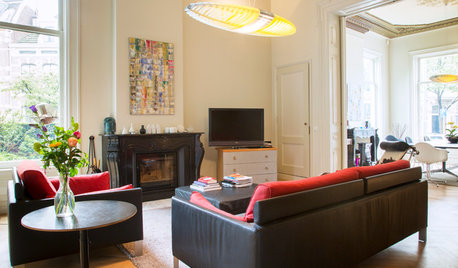
MY HOUZZMy Houzz: Renovation Brings Energy Efficiency to a Netherlands Home
A family of 5 tackles a potentially large gas and electric bill in a 19th-century house
Full Story
GREAT HOME PROJECTSUpgrade Your Windows for Beauty, Comfort and Big Energy Savings
Bid drafts or stuffiness farewell and say hello to lower utility bills with new, energy-efficient windows
Full Story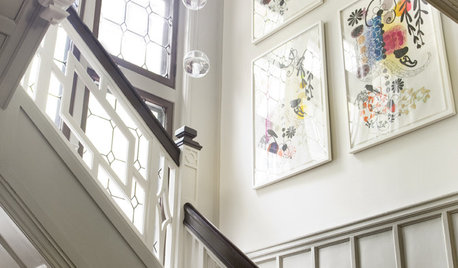
REMODELING GUIDESBoost Your Energy With Natural Light
Abundant natural light saves electrical energy and can lower energy bills, but the best benefit may be to your own energy and spirit
Full Story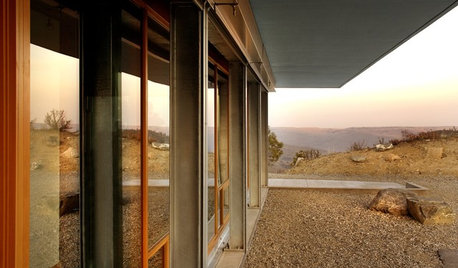
GREEN BUILDINGOff the Grid: Siting and Building to Conserve Energy
Look to low-tech solutions for big energy savings when you’re constructing a home
Full Story
GREAT HOME PROJECTSHow to Install Energy-Efficient Windows
Learn what Energy Star ratings mean, what special license your contractor should have, whether permits are required and more
Full StoryMore Discussions






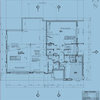



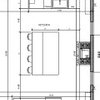
kudzu9